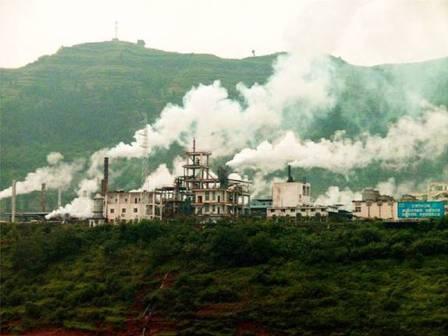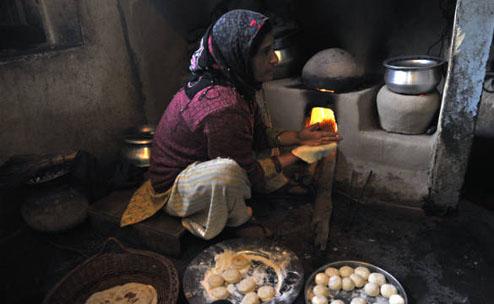Through analyses and assessments, WHO’s experts said that indoor air pollution is related to 4.3 million deaths every year due to using of cook stoves firing coal, wood and biomass fuels. The numbers derived from exact information on contact to air pollution of 2.9 billion people using wood, coal, and gas from lavatory waste gas as cooking fuels.
Due to the latest report of the World Health Organization (WHO), only in 2012, there were 7 million people died from air pollution – accounting for 1/8 of total global death. This number was double than expected before and proved that air pollution is one of the greatest dangers against human health. Therefore, air pollution minimization can save millions of people in the world every year.
More specifically, the report also showed the close relation between indoor air pollution and outdoor air pollution with some diseases of heart, strokes, local blood shortage, cancers… Additionally, air pollution also results in increase in diseases of respiratory apparatus, including infection to respiratory apparatus, chronic bronchitis, and pulmonary artery obstruction…
The report’s data was based on not only knowledge and understandings on disease causes also on the accurate assessment of human contact to air pollutants by advanced measuring equipment and technologies. Scientists now can analyze, assess in details on dangers of air pollution against human health on the basis of great data sources from broad scope, including urban and rural areas.

According to local features, low-and-medium-income countries in the South East Asia and Western Pacific Ocean are the most under the influence from air pollution with about 3.3 million people died from indoor air pollution and 2.6 million people died from outdoor air pollution.
“Cleaning the atmosphere we breathe helps prevent infections, decrease diseases to women and vulnerable people, including children and the old. Children and poor women must live so hard due to polluted atmosphere as they have to breath in smoke and dust from cook stoves using coal and wood everyday”, said Dr. Flavia Bustreo – CEO of Family, Women's and Children's Health under WHO.
Outdoor air pollution is mainly from vehicles, waste air from electricity plants, industrial plants, as well as from agricultural and family activities. Researches have shown that outdoor air pollution increases so fast in countries with high population and experiencing quick industrialization like China and India.
In WHO’s report, most of the deaths from air pollution are caused by heart diseases. Specifically: the rates of deaths from outdoor air pollution are: 40% from local heart blood shortage; 40% from strokes; 11% from chronic bronchitis; 6% from lung cancer; 3% from acute infection to respiratory apparatus in children. The rates of deaths from indoor air pollution are: 34% from strokes; 26% local heart blood shortage; 22% from chronic bronchitis; 12% from acute infection to respiratory apparatus in children; and 6% from lung cancer.
Through results from analyses and assessments, WHO’s experts said that indoor air pollution is related to 4.3 million deaths every year due to using of cook stoves firing coal, wood and biomass fuels. The numbers derived from exact information on contact to air pollution of 2.9 billion people using wood, coal, and gas from lavatory waste gas as cooking fuels. For outdoor air pollution, there were 3.7 million deaths in rural and urban areas all over the world.

Poor women and children are vulnerable from air pollution
In fact, there mare many people influenced by both indoor and outdoor air pollution. Nevertheless, the death rate in this case can not be simply calculated in combination. Thus, it’s expected for about 7 million deaths in 2012 from air pollution.
“The excess air pollution resulted from non-sustainable policies in sectors as those of energy, transport, industry and waste management. In many cases, sustainable development strategies will be more economical in the long term as they help save expenses in health care and gain environment benefits for us”.
This report is a long progress of WHO on its road to prevent against diseases related to air pollution. By late 2014, WHO will publish Guidelines on using fuels and firing substances in households as well as provide data of countries on indoor and outdoor air pollution in relation to death rates, the latest updates on measures of air quality in 1,600 cities from all areas in the world.
By Environment Magazine– Vietnam